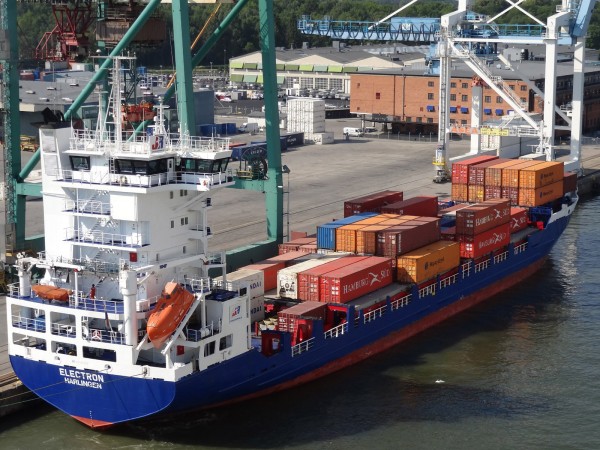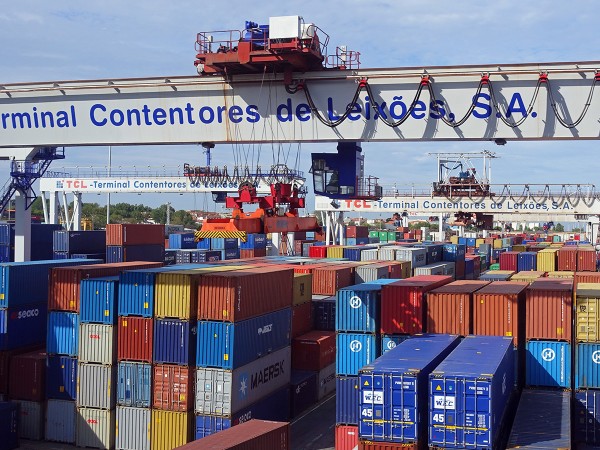 At the time of the 2016 referendum, the clear consensus among economists was that Brexit would impose net economic costs on the UK economy. The size of these costs would depend on the nature of post-Brexit trading relations with the EU. The fewer the new barriers to trade and the closer the alignment with the EU single market, the lower these costs would be.
At the time of the 2016 referendum, the clear consensus among economists was that Brexit would impose net economic costs on the UK economy. The size of these costs would depend on the nature of post-Brexit trading relations with the EU. The fewer the new barriers to trade and the closer the alignment with the EU single market, the lower these costs would be.
The Brexit deal in the form of the EU-UK Trade and Cooperation Agreement (see also) applied provisionally from January 2021, after the end of the transition period, and came into force in May 2021. Although this is a free-trade deal in the sense that goods made largely in the UK or EU can be traded tariff-free between the two, the deal does not apply to services (e.g. financial services) or to goods where components made outside the UK or EU account for more than a certain percentage (the ‘rules of origin‘ condition). Also there has been a huge increase in documentation that must be completed to export to or import from the EU.
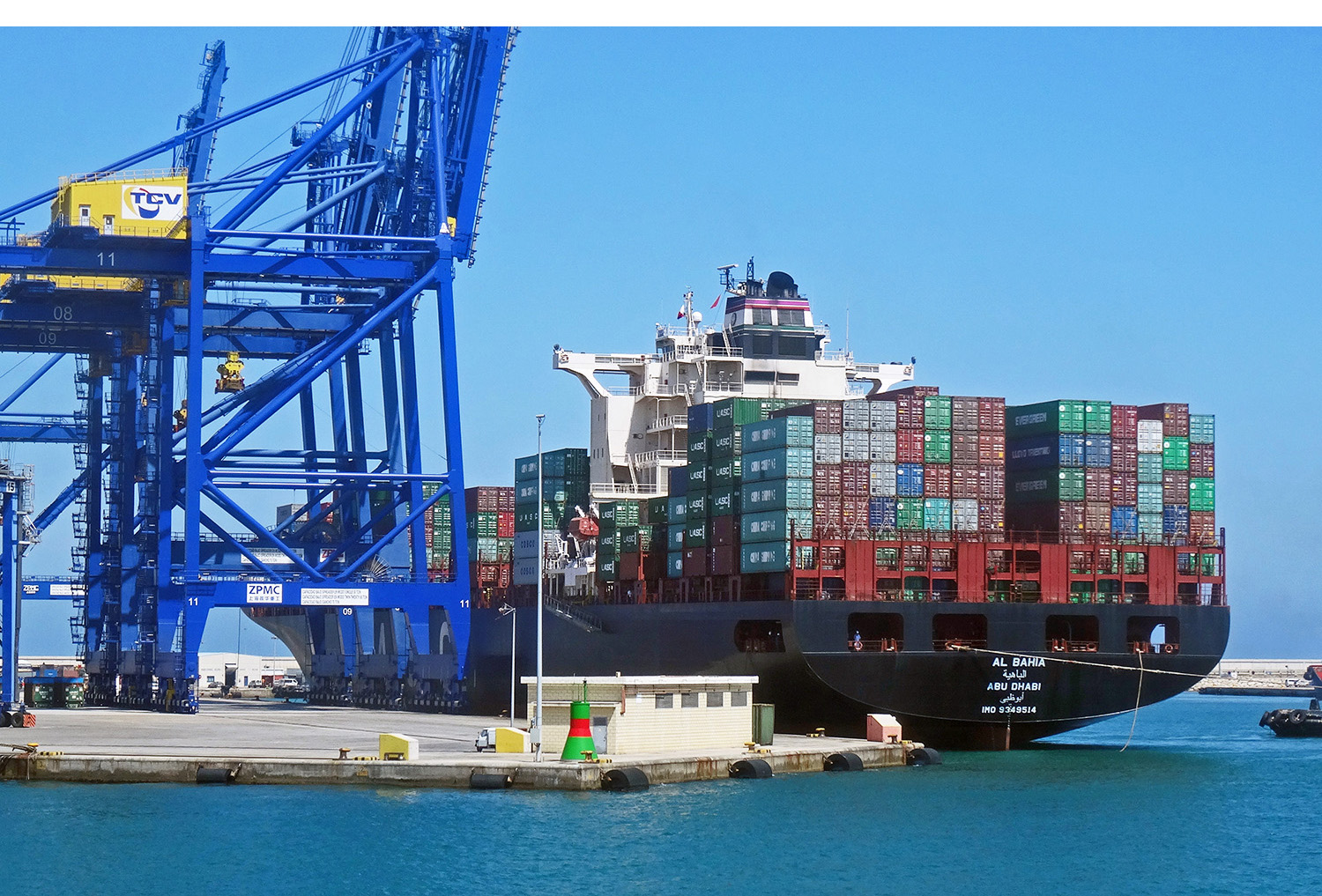 Even though the nature of the Brexit deal has been clear since it was signed in December 2020, assessing the impact of the extra barriers to trade it has created has been hard given the various shocks that have had a severe impact on the UK (and global) economy. First COVID-19 and the associated lockdowns had a direct effect on output and trade; second the longer-term international supply-chain disruptions have extended the COVID costs beyond the initial lockdowns and acted as a brake on recovery and growth; third the Russian invasion of Ukraine imposed a severe shock to energy and food markets; fourth these factors have created not just a supply shock but also an inflationary shock, which has resulted in central banks seeking to dampen demand by significantly raising interest rates. One worry among analysts was that the negative effects of such shocks might be greater on the UK economy than on other countries.
Even though the nature of the Brexit deal has been clear since it was signed in December 2020, assessing the impact of the extra barriers to trade it has created has been hard given the various shocks that have had a severe impact on the UK (and global) economy. First COVID-19 and the associated lockdowns had a direct effect on output and trade; second the longer-term international supply-chain disruptions have extended the COVID costs beyond the initial lockdowns and acted as a brake on recovery and growth; third the Russian invasion of Ukraine imposed a severe shock to energy and food markets; fourth these factors have created not just a supply shock but also an inflationary shock, which has resulted in central banks seeking to dampen demand by significantly raising interest rates. One worry among analysts was that the negative effects of such shocks might be greater on the UK economy than on other countries.
However, the negative effects of Brexit are now becoming clearer and various institutions have attempted to quantify the costs. These costs are largely in terms of lower GDP than otherwise. This results from:
- reduced levels of trade with the EU, thereby reducing the gains from exploiting comparative advantage;
- increased costs of trade with the EU;
- disruptions to supply chains;
- reduced competition from European firms, with many no longer exporting to the UK because of the costs;
- reduced inward investment;
- labour market shortages, particularly in certain areas such a hospitality, construction, social care and agriculture as many European workers have left the UK and fewer come;
- a reduction in productivity.
Here is a summary of the findings of different organisations.
The Office for Budget Responsibility (OBR)
The OBR has argued that Brexit as negotiated in the Trade and Cooperation Agreement:
will reduce long-run productivity by 4 per cent relative to remaining in the EU. This largely reflects our view that the increase in non-tariff barriers on UK-EU trade acts as an additional impediment to the exploitation of comparative advantage.21
In addition the OBR estimates that:
Both exports and imports will be around 15 per cent lower in the long run than if the UK had remained in the EU.21
Recent evidence supports this. According to the OBR:
UK and aggregate advanced economy goods export volumes fell by around 20 per cent during the initial wave of the pandemic in 2020. But by the fourth quarter of 2021 total advanced economy trade volumes had rebounded to 3 per cent above their pre-pandemic levels while UK exports remain around 12 per cent below.22
This assumption was repeated in the November 2022 Economic and Fiscal Outlook (p.26) 23. What is more, new trade deals will make little difference, either because they are a roll-over from previous EU trade deals with the respective country or have only a very small effect (e.g. the trade deal with Australia).
The Bank of England
The Bank of England, ever since the referendum in 2016, has forecast that Brexit would damage trade, productivity and GDP growth. In recent evidence to the House of Commons Treasury Committee5, Andrew Bailey, the Governor, stated that previous work by the Bank concluded that Brexit would reduce productivity by a bit over 3% and that this was still the Bank’s view.
His colleague, Dr Swati Dhingra, stated that, because of Brexit, there was a ‘much bigger slowdown in trade in the UK compared to the rest of the world’. She continued:
The simple way of thinking about what Brexit has done to the economy is that in the period after the referendum, the biggest depreciation that any of the world’s four major economies have seen overnight contributed to increasing prices [and] reduced wages. …We think that number is about 2.6% below the trend that real wages would have been on. Soon afterwards and before the TCA happened came the effects of the uncertainty that was unleashed, which basically translates into reduced business investment and less certainty of the FDI effects. Those tend to be very long-pay things.
She continued that now we are seeing significantly reduced trade directly as a result of the Brexit trade agreement (TCA).
Her colleague, Dr Catherine Mann, argued that ‘the small firms are the ones that are the most damaged, because the cost of the paperwork and so forth is a barrier’. This does not only affect UK firms exporting to the EU but also EU firms exporting to the UK. Reduced imports from EU firms reduces competition in the UK, which tends to lead to higher prices.
The Institute for Fiscal Studies
The IFS has consistently argued that Brexit, because of increased trade barriers with the EU, has reduced UK trade, productivity and GDP. In a recent interview6, its Director, Paul Johnson, stated that ‘Brexit, without doubt, has made us poorer than we would otherwise have been’. That, plus other convulsions, such as the mini-Budget of October 2022, have reduced foreigners’ confidence in the UK, with the result that investment in the UK and trade with the rest of the world have fallen.
Resolution Foundation
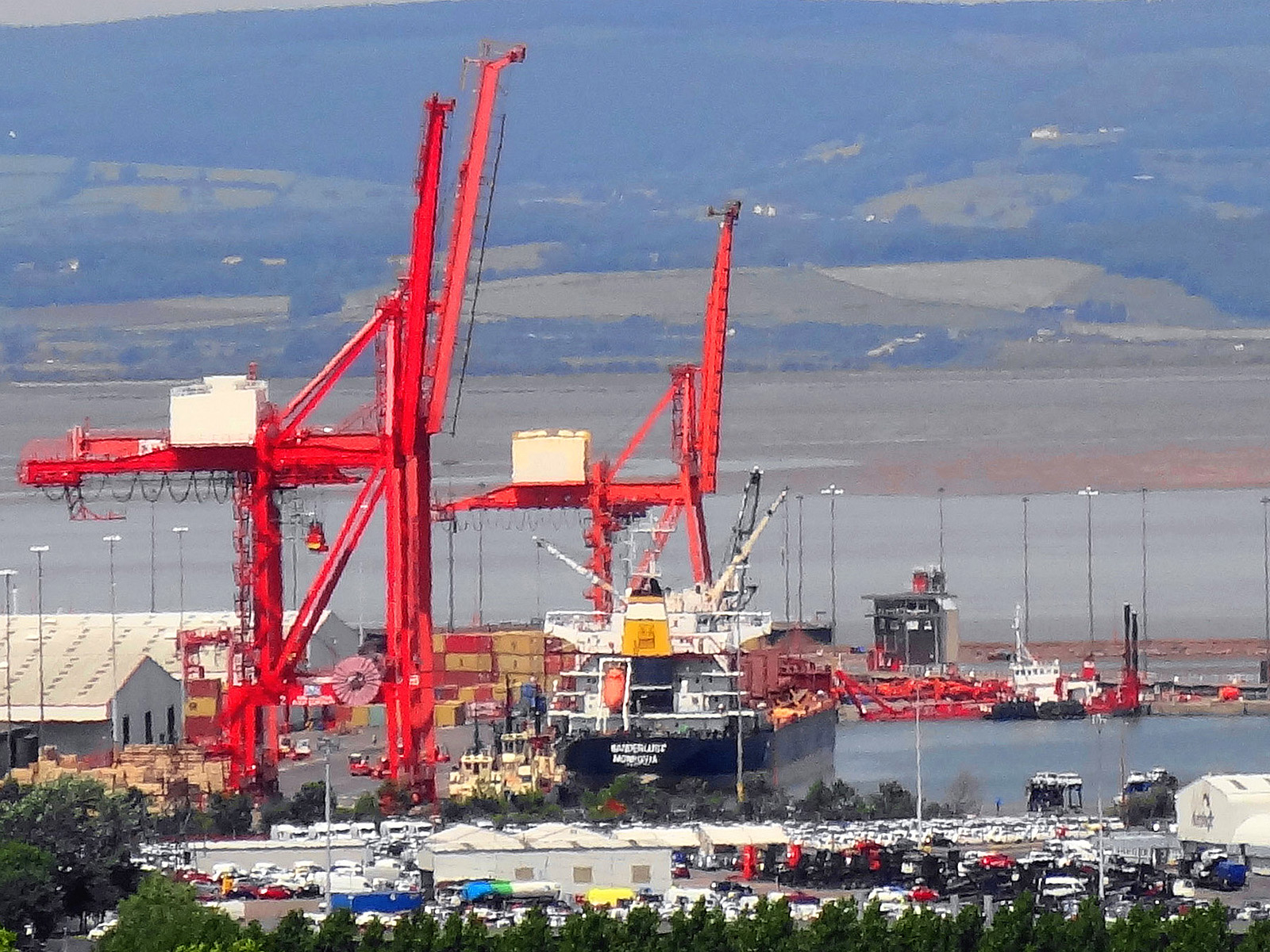 In a major Resolution Foundation report24, the authors argued that the effects of Brexit will take time to materialise fully and will occur in three distinct phases. First, in anticipation of permanent effects, the referendum caused sterling to depreciate and this adversely affected household incomes. What is more, the uncertainty about the future caused business investment to fall (but not inward FDI). Second, the Trade and Cooperation Act, by introducing trade barriers, reduced UK trade with the EU. But trade with the rest of the world also fell suggesting that Brexit is impacting UK trade openness and competitiveness more broadly. Third, there will be structural changes to the UK economy over the long-term which will adversely affect economic growth:
In a major Resolution Foundation report24, the authors argued that the effects of Brexit will take time to materialise fully and will occur in three distinct phases. First, in anticipation of permanent effects, the referendum caused sterling to depreciate and this adversely affected household incomes. What is more, the uncertainty about the future caused business investment to fall (but not inward FDI). Second, the Trade and Cooperation Act, by introducing trade barriers, reduced UK trade with the EU. But trade with the rest of the world also fell suggesting that Brexit is impacting UK trade openness and competitiveness more broadly. Third, there will be structural changes to the UK economy over the long-term which will adversely affect economic growth:
A less-open UK will mean a poorer and less productive one by the end of the decade, with real wages expected to fall by 1.8 per cent, a loss of £470 per worker a year, and labour productivity by 1.3 per cent, as a result of the long-run changes to trade under the TCA. This would be equivalent to losing more than a quarter of the last decade’s productivity growth.
Nuffield Trust
One of the key effects of Brexit has been on the labour market and especially on sectors, such as hospitality, agriculture, construction, health and social care. These sectors are experiencing labour shortages, in part due to EU nationals leaving the UK. In 2021, the Nuffield Trust looked at the supply of workers in health and social care25 and found that, as a result of increased bureaucratic hurdles, the number of EU/EFTA-trained nurses had declined since 2016. In social care, new immigration rules have made it virtually impossible to recruit from the EU. A more recent report looked at the recruitment of doctors in four specific specialties.26 In each case, although the number recruited from the EU/EFTA was still increasing, the rate of increase had slowed significantly. The reason appeared to be Brexit not COVID-19.
Ivalua
Research by Coleman Parkes for Ivalua18 shows that 80% of firms found Brexit to have been the biggest cause of supply-chain disruptions in the 12 months to August 2022, with 83% fearing the biggest disruptions from Brexit are yet to come. Brexit was found to have had a bigger effect on supply chains than the war in Ukraine, rising energy costs and COVID-19.
Centre for European Reform
Modelling conducted by John Springford27 used a ‘doppelgängers’ method to show the effects of Brexit on the UK economy. Each doppelgänger is ‘a basket of countries whose economic performance closely matches the UK’s before the Brexit referendum and the end of the transition period’. Comparing the UK’s performance with the doppelgänger can show the difference between leaving and not leaving the UK. Doppelgängers were estimated for GDP, investment (gross fixed capital formation), total services trade (exports plus imports) and total goods trade (ditto).
The results are sobering. In the final quarter of 2021, UK GDP is 5.2 per cent smaller than the modelled, doppelgänger UK; investment is 13.7 per cent lower; and goods trade, 13.6 per cent lower.
Economic and Social Research Institute (ESRI) (Ireland)
Similar results for UK trade have been obtained by Janez Kren and Martina Lawless in research conducted for the ESRI.28 They used product-level trade flows between the EU and all other countries in the world as a comparison group. This showed a 16% reduction in UK exports to the EU and a 20% reduction in UK imports from the EU relative to the scenario in which Brexit had not occurred.
British Chambers of Commerce (BCC) survey
According to a BCC survey of 1168 businesses33, 92% of which are SMEs, more than three quarters (77%) for which the Brexit deal is applicable say it is not helping them increase sales or grow their business and 56% say they have difficulties in adapting to the new rules for trading goods. The survey shows that UK firms are facing significant challenges in trying to trade with EU countries under the terms of the Trade and Cooperation Agreement. What is more, 80% of firms had seen the cost of importing increase; 53% had seen their sales margins decrease; and almost 70% of manufacturers had experienced shortages of goods and services from the EU.
Academic studies
Research at the Centre for Business Prosperity, Aston University, by Jun Du, Emine Beyza Satoglu and Oleksandr Shepotylo20, 29 found that UK exports to the EU ‘fell by an average of 22.9% in the first 15 months after the introduction of the EU-UK Trade and Cooperation Agreement’. The negative effect on UK exports persisted and deepened from January 2021 to March 2022. The research involved comparing actual trade with an ‘alternative UK economy’ model based on the UK having remained in the EU. What is more, the researchers found that there had been a reduction of 42% in the number of product varieties exported to the EU, with a large number of exporters simply ceasing to export to the EU and with many of the remaining exporters streamlining their product ranges.
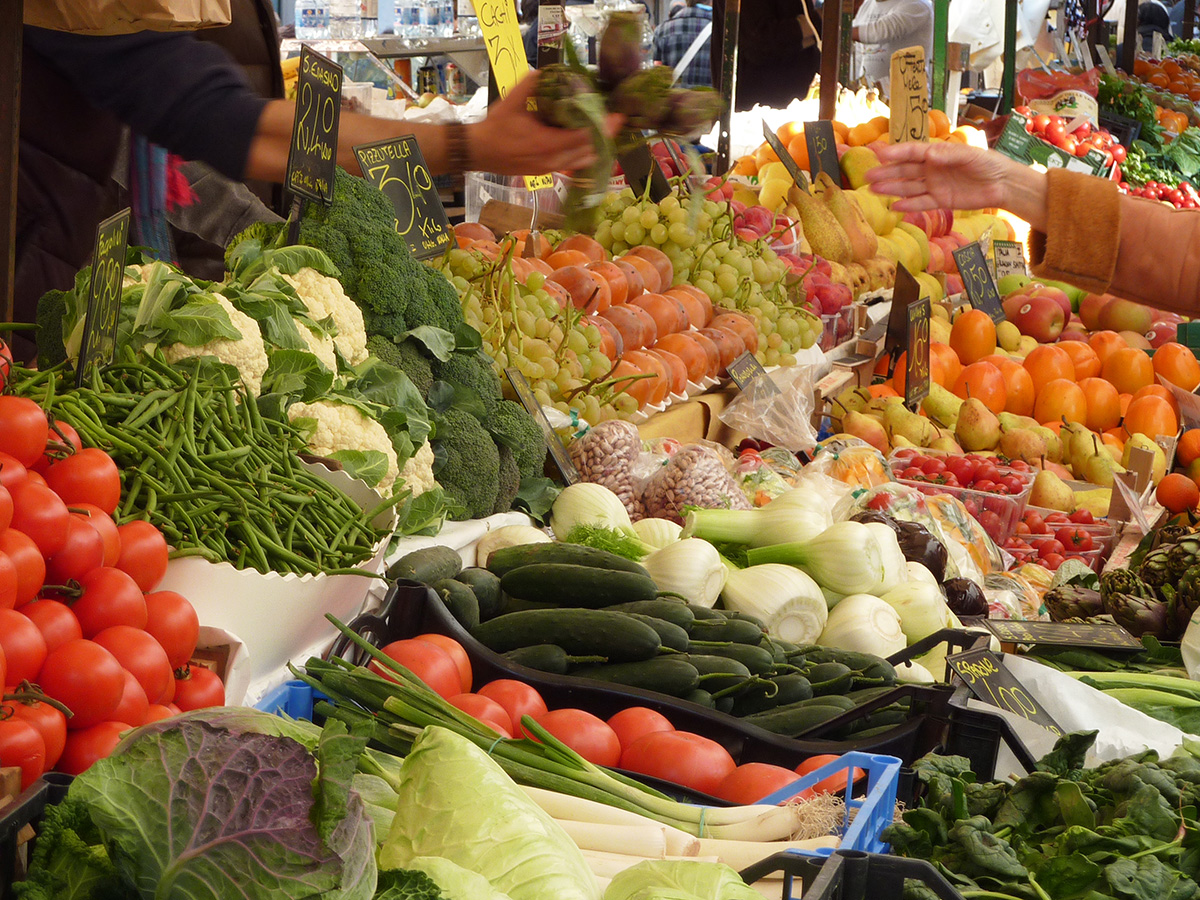 Research at the LSE’s Centre for Economic Performance by Jan David Bakker, Nikhil Datta, Richard Davies and Josh De Lyon31 found that leaving the EU added an average of £210 to UK household food bills over the two years to the end of 2021. This amounted to a total cost to consumers of £5.8 billion. This confirmed the findings of previous research30 that the increase in UK-EU trade barriers led to food prices in the UK being 6% higher than they would have been.
Research at the LSE’s Centre for Economic Performance by Jan David Bakker, Nikhil Datta, Richard Davies and Josh De Lyon31 found that leaving the EU added an average of £210 to UK household food bills over the two years to the end of 2021. This amounted to a total cost to consumers of £5.8 billion. This confirmed the findings of previous research30 that the increase in UK-EU trade barriers led to food prices in the UK being 6% higher than they would have been.
Finally, a report from the Migration Observatory at the University of Oxford32 examined the effects of the ending of the free movement of labour from the EU to the UK. Visas are now required, but ‘low-wage occupations that used to rely heavily on EU workers are now ineligible for work visas, with some limited exceptions for social care and seasonal workers’. Many industries are facing labour shortages. Reasons include other factors, such as low pay and unattractive working conditions, and workers leaving the workforce during the pandemic and afterwards. But the end of free movement appears to have exacerbated these existing problems.
References
 The Brexit effect: how leaving the EU hit the UK
The Brexit effect: how leaving the EU hit the UK What impact is Brexit having on the UK economy?
What impact is Brexit having on the UK economy? Why Brexit is damaging the UK economy both now and in the future
Why Brexit is damaging the UK economy both now and in the future Why the Costs of Brexit keep growing for the UK economy
Why the Costs of Brexit keep growing for the UK economy Treasury Committee (see also)
Treasury Committee (see also) UK economy made worse by ‘own goals’ like Brexit and Truss mini-budget, IFS economist says
UK economy made worse by ‘own goals’ like Brexit and Truss mini-budget, IFS economist says- Brexit and the economy: the hit has been ‘substantially negative’
- ‘What have we done?’: six years on, UK counts the cost of Brexit
- Brexit did hurt the City’s exports – the numbers don’t lie
- Brits are starting to think again about Brexit as the economy slides into recession
- Brexit has cracked Britain’s economic foundations
- Mark Carney: ‘Doubling down on inequality was a surprising choice’
- Brexit: Progress on trade deals slower than promised
- How Brexit costs this retailer £1m a month in sales
- Brexit Is Hurting The UK Economy, Bank Of England Official Says
- Brexit and drop in workforce harming economic recovery, says Bank governor
- Brexit a major cause of UK’s return to austerity, says senior economist
- 80% of UK businesses say Brexit caused the biggest supply chain disruption in the last 12 months
- Brexit added £210 to household food bills, new research finds
- Brexit changes caused 22.9% slump in UK-EU exports into Q1 2022 – research
- Brexit analysis
- The latest evidence on the impact of Brexit on UK trade
- Economic and fiscal outlook – November 2022 (PDF)
- The Big Brexit (PDF)
- Going it alone: health and Brexit in the UK
- Has Brexit affected the UK’s medical workforce?
- What can we know about the cost of Brexit so far?
- Brexit reduced overall EU-UK goods trade flows by almost one-fifth
- Post-Brexit UK Trade – An Update (PDF)
- Post-Brexit imports, supply chains, and the effect on consumer prices (PDF)
- Non-tariff barriers and consumer prices: evidence from Brexit
- How is the End of Free Movement Affecting the Low-wage Labour Force in the UK?
- The Trade and Cooperation Agreement: Two Years On – Proposals For Reform by UK Business
- The Detriments of Brexit
Videos
Financial Times film (18/10/22)
Brexit and the UK economy, Ros Atkins (29/10/22)
Economics Help on YouTube, Tejvan Pettinger (5/12/22)
Economics Help on YouTube, Tejvan Pettinger (17/10/22)
Parliament TV (25/11/22) (see 15:03:00 to 15:08:12) (Click here for a transcript: see Q637 to Q641)
Sky News, Paul Johnson (IFS) (18/11/22)
Articles
Financial Times, Chris Giles (30/11/22)
The Observer, Toby Helm, Robin McKie, James Tapper & Phillip Inman (25/6/22)
Financial News, David Wighton (9/11/22)
CNBC, Elliot Smith (23/11/22)
CNN, Hanna Ziady (24/12/22)
Financial Times, Edward Luce (14/10/22)
BBC News, Ione Wells & Brian Wheeler (2/12/22)
BusinessLive, Tom Pegden (22/11/22)
HuffPost, Graeme Demianyk (16/11/22)
The Guardian, Richard Partington (16/11/22)
The Guardian, Anna Isaac (14/11/22)
Ivalua (28/11/22)
Sky News, Faye Brown (1/12/22)
Expertfile (8/12/22)
Research and analysis
OBR (26/5/22)
OBR (March 2022)
OBR (17/11/22)
Resolution Foundation, Swati Dhingra, Emily Fry, Sophie Hale & Ningyuan Jia (June 2022)
Nuffield Trust, Mark Dayan, Martha McCarey, Tamara Hervey, Nick Fahy, Scott L Greer, Holly Jarman, Ellen Stewart and Dan Bristow (20/12/21)
Nuffield Trust, Martha McCarey and Mark Dayan (27/11/22)
Centre for European Reform, John Springford (9/6/22)
Economic and Social Research Institute (Ireland), Janez Kren and Martina Lawless (19/10/22)
Centre for Business Prosperity, Aston University, Jun Du, Emine Beyza Satoglu and Oleksandr Shepotylo (November 2022)
UK in a Changing Europe, Jan David Bakker, Nikhil Datta, Josh De Lyon, Luisa Opitz and Dilan Yang (25/4/22)
Centre for Economic Performance, LSE, Jan David Bakker, Nikhil Datta, Richard Davies and Josh De Lyon (December 2022)
Migration Observatory, University of Oxford, Madeleine Sumption, Chris Forde, Gabriella Alberti and Peter William Walsh (15/8/22)
British Chambers of Commerce (21/12/22)
Yorkshire Bylines (June 2022) (see also)
Questions
- Summarise the negative effects of Brexit on the UK economy.
- Why is it difficult to quantify these effects?
- Explain the ‘doppelgängers’ method of estimating the costs of Brexit? How reliable is this method likely to be?
- How have UK firms attempted to reduce the costs of exporting to the EU?
- Is Brexit the sole cause of a shortage of labour in many sectors in the UK?
